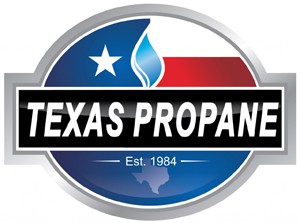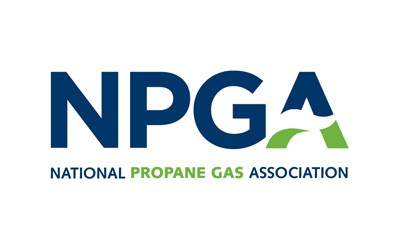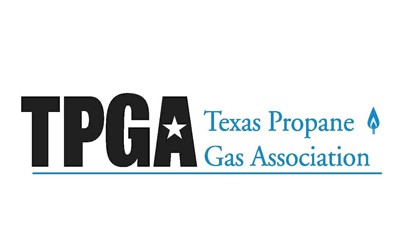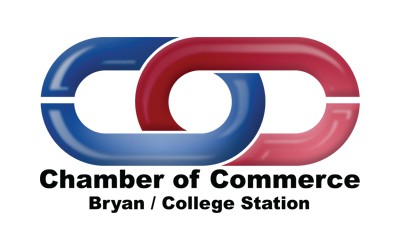Understanding Gas Appliance Conversions
Making changes to an appliance so that it can utilize a different type of fuel is known as appliance conversion and involves the replacement of gas orifices, burners and/or appliance regulators. These internal connections and gas utilization fittings are designed to work with a specific gas that has a particular pressure. Natural gas is a much lower pressure gas than propane and converting the appliance to one or the other gases requires that the differing pressure is compensated for. Simply put, connecting a natural gas appliance to a propane piping system will result in appliance malfunction and possible danger. The reason for this is because natural gas orifices are larger than propane orifices strictly because of gas service pressure. In this scenario, the higher pressure gas flowing through a larger orifice will result in more gas through the burner and likely, more flame—an unnecessarily large flame. On the other hand, trying to utilize a propane appliance with natural gas will likely result in a very small flame or no burner flame at all because of the lower pressure gas and the small orifice. This is the underlying purpose of an appliance conversion from propane to natural gas or from natural gas to propane. In addition, appliances cannot be converted from electricity to propane, or vice-versa.
Conversions Between Natural Gas and Propane
Appliances can only be converted if they are listed as such or can be safely converted by a licensed gas/appliance technician. The majority of appliances available today are designed to use only one fuel such as propane or natural gas.
The rating plate should be checked for the type of gas the appliance is designed for. Gas appliances that are purchased through a retailer will be labeled as such for use with either natural gas or LP Gas. Appliances designed for use with propane will often be labeled “LP” while “NAT” indicates natural gas. Water heaters, ovens, ranges and heaters that are able to be converted to one gas from the other are labeled accordingly and will most likely come with a conversion kit in the appliance packaging. However, appliance conversions and conversion kits are increasingly being limited to stoves purchased as new. Additionally, if the appliance is able to be converted for use with another fuel (LPG or natural gas), the packaging should clearly state this.
Gas Appliance Conversions – What’s Involved?
Not only does the conversion of any gas appliance to another fuel involve replacing the orifices (fixed and pilot), but the replacement of appliance regulators, burners and possibly the venting as well. Today, appliance conversions are not as simple and straightforward as they used to be, if the appliances are able to be converted at all. Historically, most appliances could be converted from natural gas to propane and vice-versa but the gas appliances manufactured today are engineered (by professional engineers) to be used with one type of fuel as specified by the manufacturer for dedicated fuel use. Simply put, most all gas appliances are built to use either propane or natural gas and are not designed to be converted or modified for use with another fuel.
The topic of converting appliances has been a problematic issue for the propane industry because of the “do it yourself” consumers who believe that switching or drilling out an orifice constitutes an appliance conversion. If an appliance is to be converted for use with another gas (natural or LP), then several other factors must be addressed. These factors include:
- Appliance Regulator – Differences between natural gas and propane appliance regulators involve inlet and delivery pressures. The wrong type of gas appliance regulator would deliver pressure either too high or too low for the utilization of the appliance. This would be similar to watering a plant with a high pressure fire hose or water your yard with a hose with a diameter of a guitar sting. Regulators of any type should be changed, serviced or converted by a licensed professional—regulators are “hands off” in any part of a gas system.
- Burners – Orifices on a burner function in unison with the delivery pressure supplied by the regulator and can lead to incomplete combustion if improperly sized. Burners can also damage an appliance if the conversion requires larger or smaller orifices be in place on/around the burner.
- Burner Air Shutter – Air and gas are mixed at the point before entering the burner and are used to adjust the flame condition. With varying types of primary air shutters, the essential air/gas mixing mechanism must be the proper type and must be adjusted properly so that complete combustion occurs.
Are your looking to convert your appliance to propane? Contact Texas Propane with the link below for more information or to get started your appliance conversion today!







Thanks for letting me know that some appliances can be converted to propane. My husband and I have decided that we want to switch to propane and have that delivered to us. We’ll definitely make sure to check our appliances to see which ones can be converted.